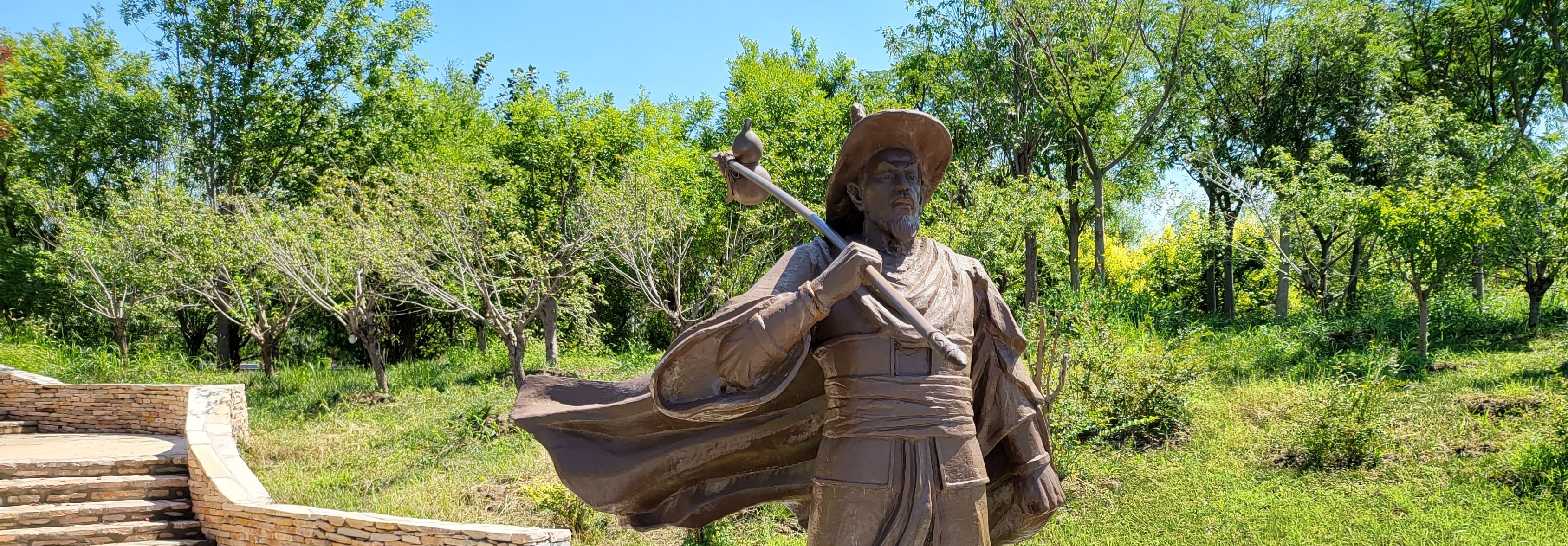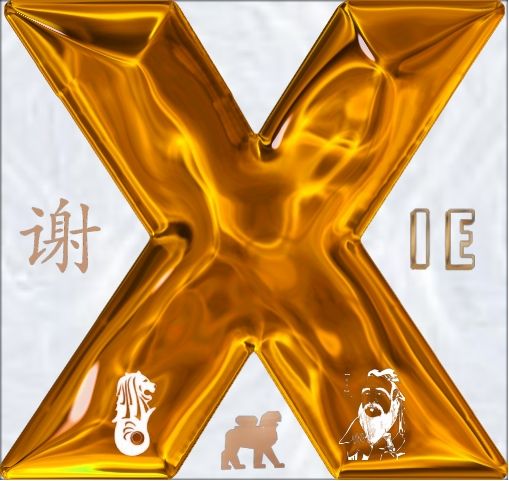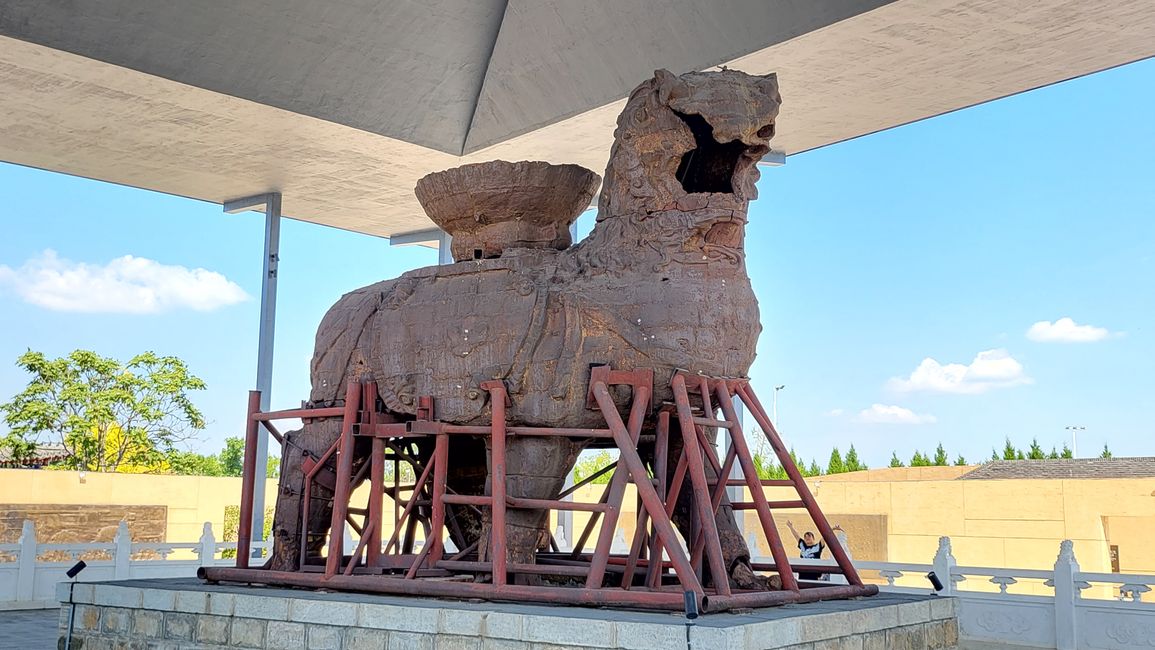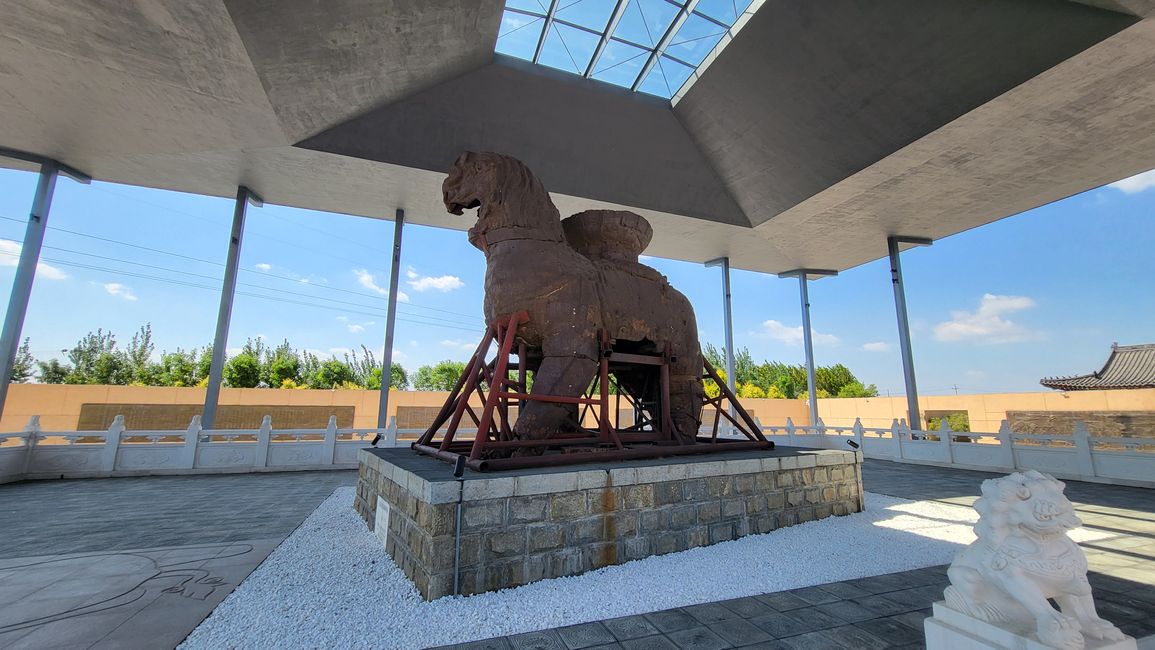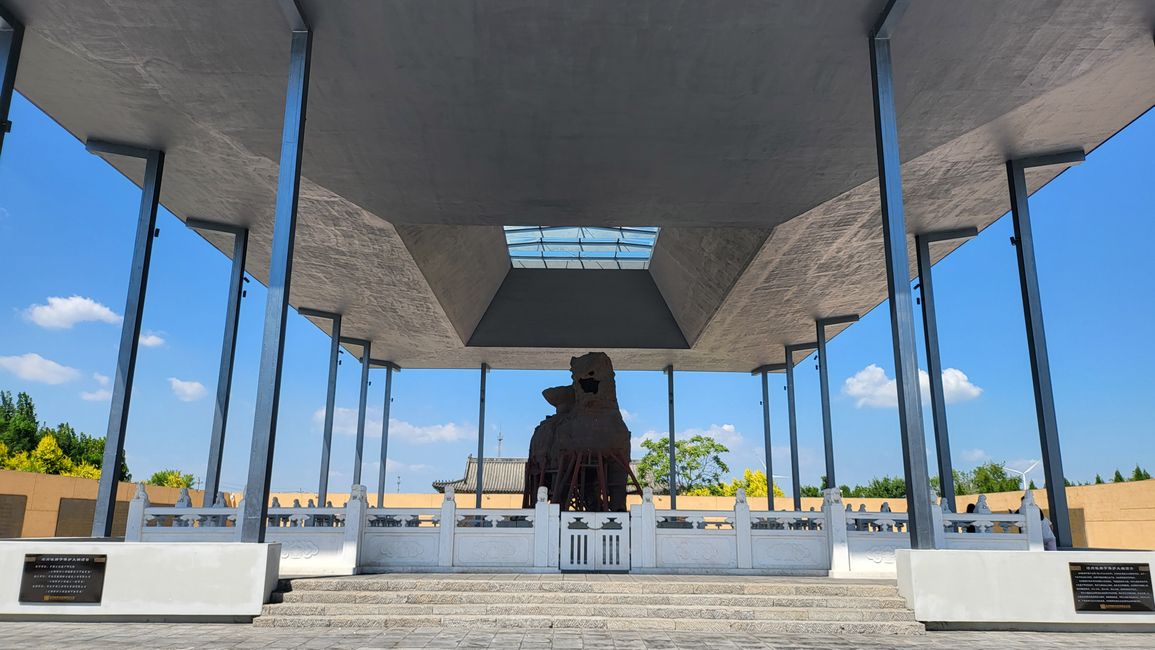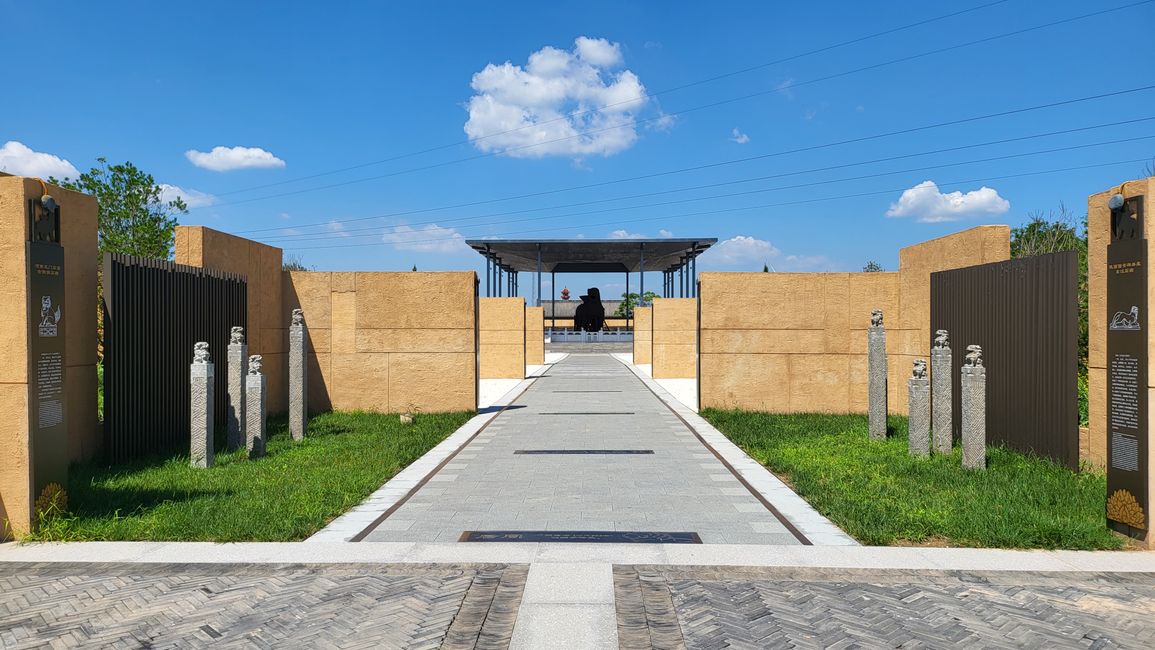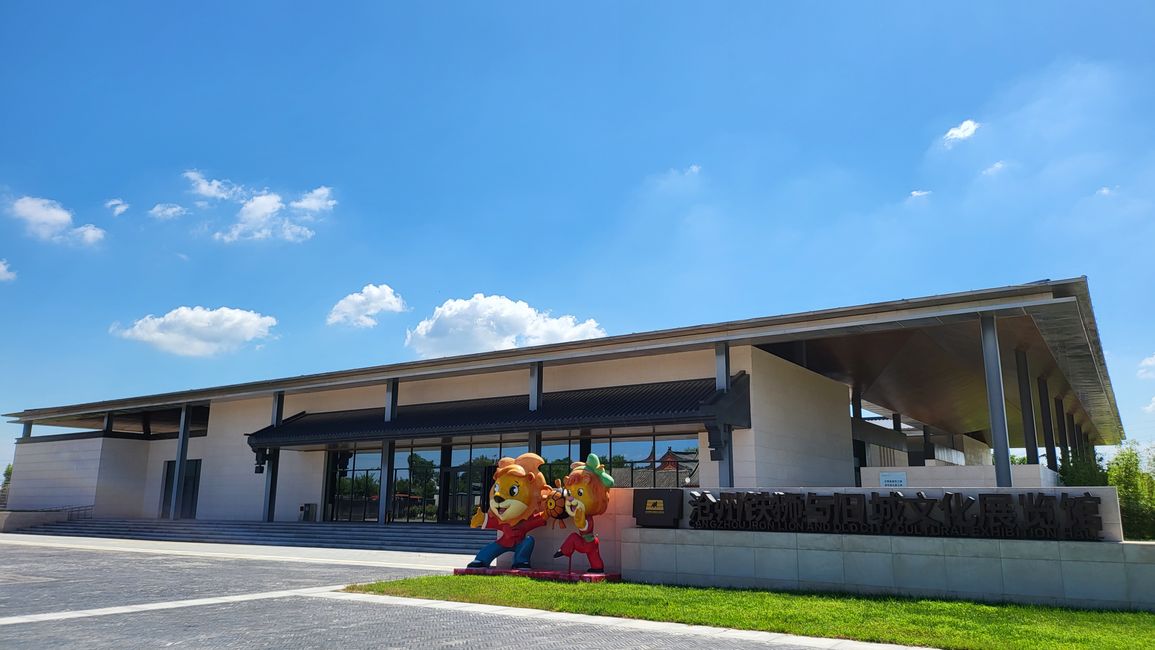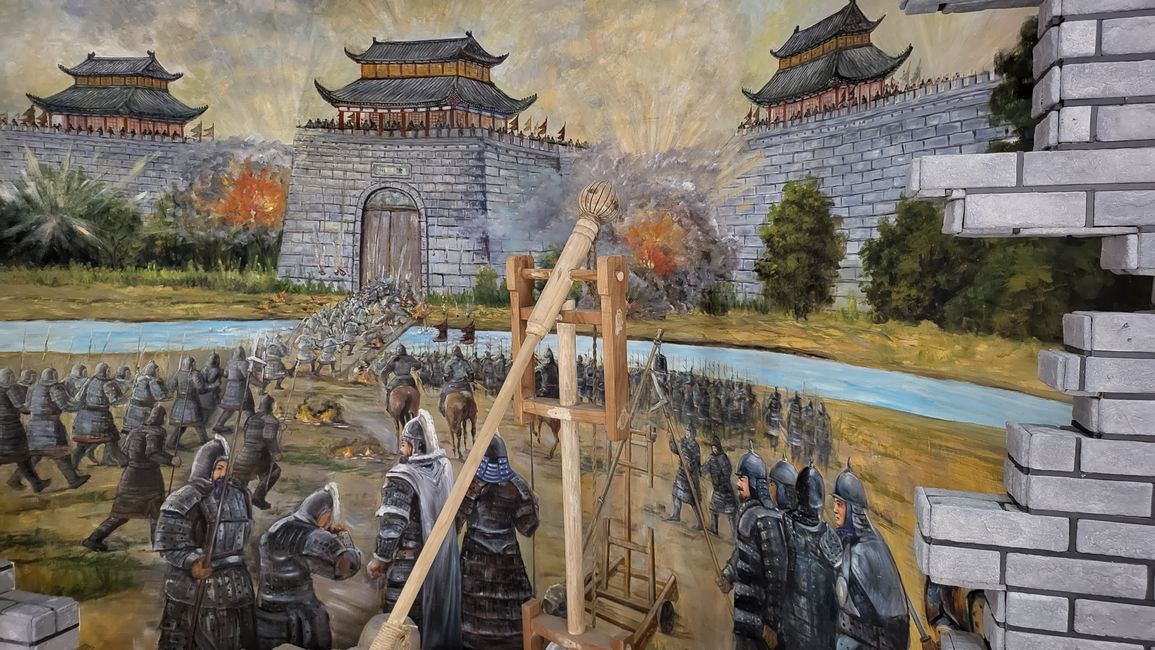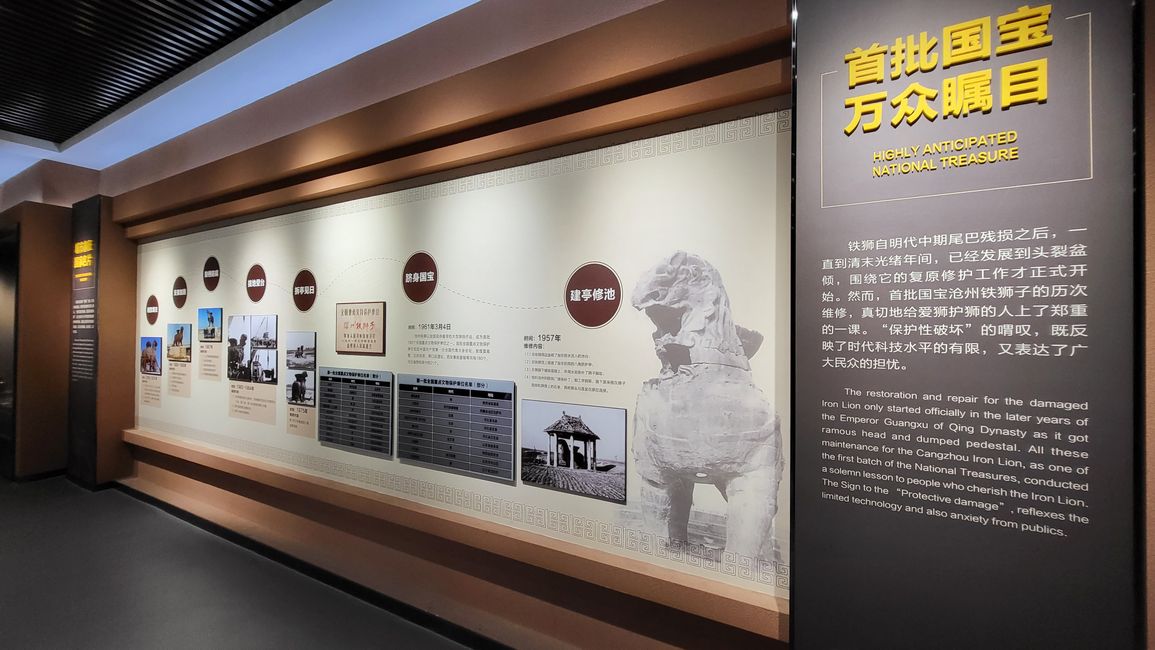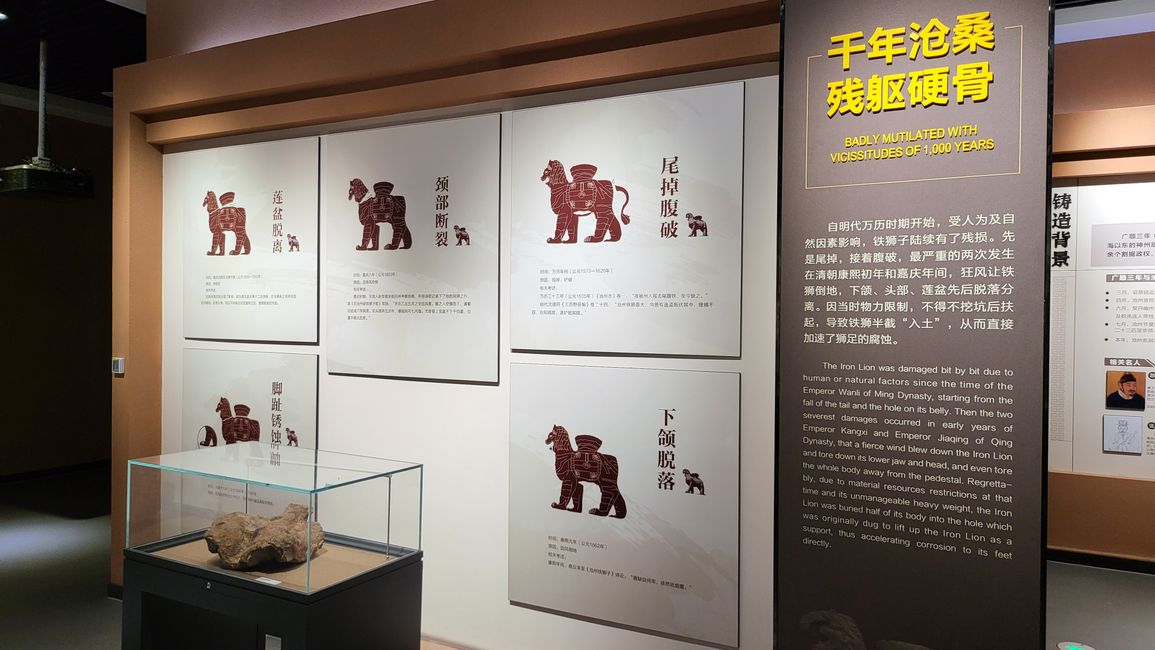Iron Lion in Cangxian
Avaldatud: 27.08.2024
The Lion of Cangzhou, as a symbol of the city, is an archaeological finding in Cangxian, located not far from the current city center of Cangzhou. The cast iron lion was created in 953 during the later Zhou Dynasty, making it over 1,000 years old. It is the largest known and oldest surviving cast iron artwork in China. It also showcases the rich tradition of ironworking in the Cangzhou region.
Today, a historical park surrounds the lion, featuring various museums and green spaces. The museums exhibit historical and cultural elements, myths, and archaeological findings from the Cangzhou region. In earlier times, there was a strong city wall around the old town of Cangzhou, which was reinforced during the Tang Dynasty and particularly during the Song Dynasty, allowing it to withstand 10,000 attackers. Unfortunately, this city wall has been gradually destroyed by earthquakes, floods, and wars. (I will discuss other elements in different blog posts.)
The Iron Lion itself weighs 40 tons, is significantly damaged, and is therefore supported by braces. The decay is well-documented and dates back to the Ming Dynasty. Under Emperor Guangxu (Qing Dynasty), the first restoration attempts were made. These efforts, along with later conservation work, contributed to further deterioration due to inadequate technologies and materials. Today, the archaeological find of the Iron Lion is protected by a massive roof.
Vastus
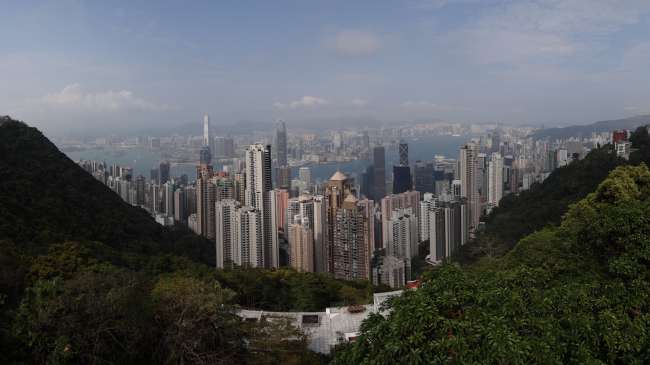
Reisiaruanded Hiina
